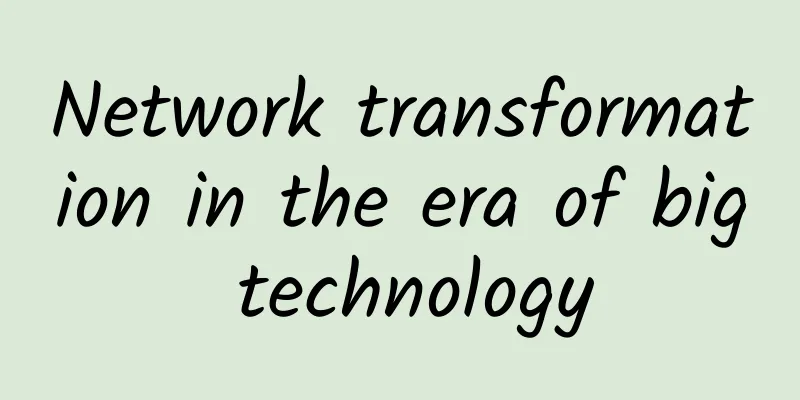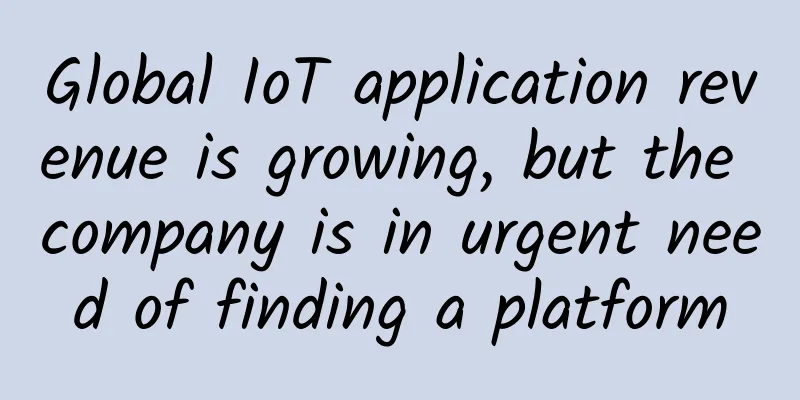Network transformation in the era of big technology

|
Technology is always evolving faster and becoming more integrated into our daily lives. The internet is now considered an essential utility, with people expecting to have ready access to mobile connectivity anywhere, anytime. As computing demands continue to escalate, today’s mobile and fixed wireless access (FWA) network architectures are being reinvented to keep pace and enable new opportunities for innovation in the future. Where will this reinvention take us in 2024 and beyond? 1. Reshaping smart citiesAs 5G networks continue to densify in urban areas around the world, creating reliable, high-speed coverage that enhances a range of capabilities. This 5G connectivity helps manage smooth traffic flow, smart transportation systems, optimized energy consumption, reduced crime, and clean air quality, making cities cleaner, safer, more efficient, and less congested. However, to truly realize this smart city vision, mobile network operator (MNO) service providers need new technologies and processes to accelerate deployment and enable cell sites to be established in areas that have traditionally been off-limits. To achieve this in many urban and suburban areas, greater reliance on multi-use cell site infrastructure and concealed solutions will be needed to preserve skyline views and minimize street clutter. This trend is driving the growth of small cells and telecom street engineering solutions, enabling 5G sites to be quickly built closer to users, leveraging existing power, fiber and street engineering assets such as light poles, kiosks, and trash and recycling bins. To ensure these networks provide the reliability and seamless coverage required for smart city use cases, it is important that street engineering deployments are implemented so that all sensors are available and connected to monitor and measure traffic, street lights, public transportation, trash bins and other smart applications. As the number and complexity of future smart city applications grow, mobile and FWA networks will require an open ecosystem of various connectivity technologies to support IoT connectivity, vehicle-to-everything (V2X) communications and mobile devices. 2. Transform the dedicated networkMore enterprises, manufacturers and government entities are beginning to fully understand the value of private 5G networks by securely accessing high-speed performance, dedicated bandwidth and ultra-low latency connections. Looking ahead to 2024 and beyond, this trend is expected to accelerate, providing the real-time intelligence and location accuracy required for future revenue-generating Industry 4.0 applications. To date, private wireless networks have typically been deployed on dedicated radios, basebands, and packet cores in traditional “bare metal” network architectures. However, we are beginning to see more private 5G networks leveraging Open RAN technologies and Cloud RAN, moving beyond simple network function virtualization to cloud-native designs. As this evolution matures, this approach will help private networks achieve new levels of efficiency and agility. 3. Focus on sustainabilityThe relentless demand for computing power and ubiquitous connectivity has created an urgent need to improve the sustainability of telecommunications networks. In fact, 62 mobile network operators around the world have pledged to work towards reducing carbon emissions by 2030, making it one of the most important challenges facing service providers today. While there have been many advances in RAN technology designed to make 5G radio more sustainable, more work is needed to achieve the “net zero” goal. A key advantage of the increasing reliance on telecom street engineering solutions is that these deployments allow sites to be built closer to users, reducing the power required for connectivity and significantly reducing the carbon footprint. Another important consideration is whether the base station is optimized for maximum network efficiency and intelligent utilization of resources. For example, more and more mobile network operators are exploring various dynamic network features such as cell switching, self-organizing networks (SON), MIMO muting, and radio deep sleep modes to achieve significant energy savings during off-peak hours when network demand is lower. These energy management features can be further optimized by implementing advanced network automation toolsets. The SON and Open RAN Intelligent Controller (RIC) features defined by the O-RAN ALLIANCE are two examples of network automation in RAN networks. 4. Harness the power of intelligenceAs the complexity of mobile networks grows, artificial intelligence (AI), machine learning (ML), and automation are no longer just “nice to haves” but essential toolboxes for configuring, managing, and troubleshooting endpoints throughout the entire lifecycle of an end-to-end network. These powerful tools can help operators improve the performance, efficiency, and scalability of 5G networks and ultimately reduce total cost of ownership (TCO). More and more mobile network operators are using artificial intelligence and machine learning to accelerate and simplify network design, helping to optimize 5G deployment by evaluating various factors such as terrain, traffic, coverage and cost. Once the network is operational, artificial intelligence also enables operators to dynamically adjust network resources, including baseband units, radio units and antennas in real time to meet changing demand and optimize energy consumption. In addition, this intelligence helps monitor and analyze network performance to identify and solve problems and optimize key performance indicators (KPIs). As the demand for high-speed data access everywhere continues to drive the growth of cloud applications and multi-access edge computing (MEC), mobile network operators can now begin to embrace greater disaggregation and ultimately adopt Open RAN architecture. This ongoing evolution of mobile networks will lead to significant virtualization of wireless networks, enabling a true reshaping of the network to achieve the agile, resilient and efficient infrastructure required in the era of big technology and big data. |
>>: Technology trends 2024: The impact of AI, 5G, IoT and blockchain
Recommend
The use of 6GHz spectrum is hotly debated. The mainstream view is that it is most suitable for 5G.
At the 7th Asia-Pacific Spectrum Management Confe...
"5G IoT, Smart Journey" - China Unicom IoT shines at 2020 Beijing Communications Exhibition
From October 14 to 16, the 2020 China Internation...
80VPS newly launched Japan CN2 line VPS, 2G memory package annual payment starts from 330 yuan
80VPS is a long-established Chinese hosting compa...
[11.11] Standard interconnection: 300 yuan/month-8 cores/16GB memory/30+500G hard disk/30M bandwidth/32IP/US data center
Pesyun (Standard Interconnect) released a special...
UFOVPS is 50% off, top up 200 yuan and get 20 yuan, Japan CN2 GIA/Hong Kong CN2 GIA/US high-defense VPS monthly payment starts from 19 yuan
UFOVPS has released the biggest discount this yea...
HostNamaste: $18/year-1.5GB/30GB/1.5TB Los Angeles & Dallas data centers
HostNamaste is a foreign hosting company founded ...
The first comprehensive definition, the "2022 Enterprise Application Operation and Maintenance Management Index System White Paper" was officially released
Recently, Borei Data and iResearch jointly releas...
GSA: A total of 122 5G commercial networks have been launched worldwide
As technical standards and specifications are det...
Wang Xiaochu: Prepare for 5G and avoid making the same mistakes as in the 4G era
Recently, Wang Xiaochu, Chairman and Chief Execut...
my country's mobile IoT connections account for 70% of the world's total, with "things" connections rapidly surpassing "people" connections
On January 30, it was learned from the Ministry o...
Can 5G save operators from negative growth at the beginning of the year?
Although work has not yet been fully resumed, the...
Mini Program Dependency Analysis Practice
[[350074]] Students who have used webpack must kn...
How have the three major operators been doing in the past nine months?
[[248346]] With China Telecom announcing its oper...
The joys and worries of data center virtualization
In recent years, we have seen that virtualization...
Real-time advertising recommendation system implemented by SpringBoot and Apache Doris
This topic aims to provide readers with an in-dep...









